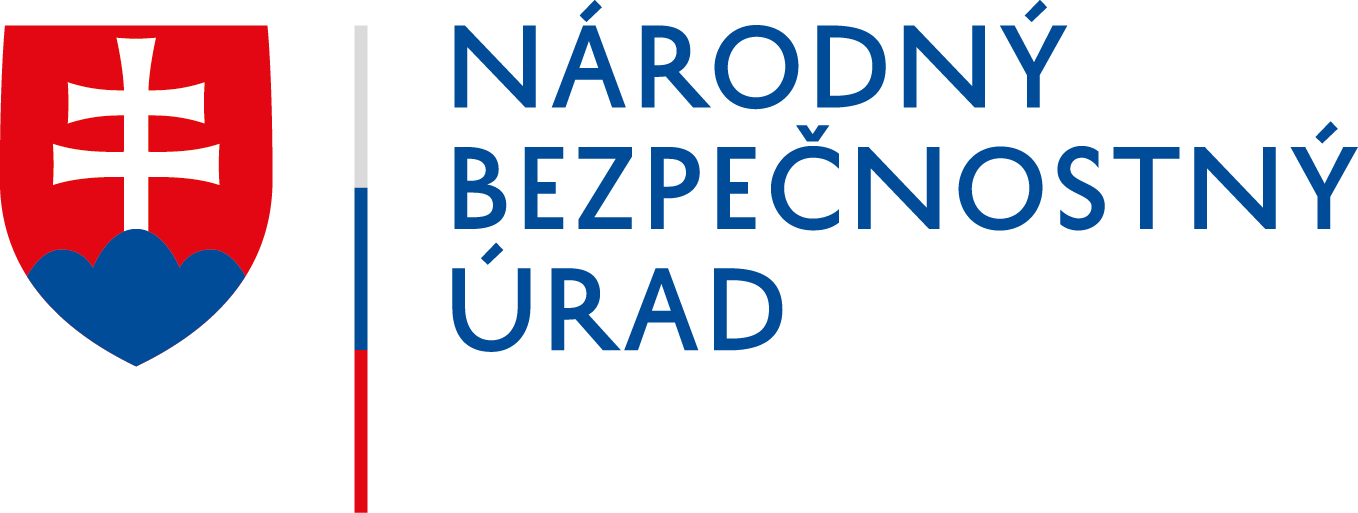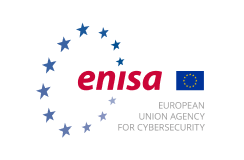Tips for Avoiding Being a Victim
- Don’t reveal personal or financial information in an e-mail, and do not respond to e-mail solicitations for this information. This includes following links sent in e-mail.
- Before sending or entering sensitive information online, check the security of the website.
- Pay attention to the website’s URL. Malicious websites may look identical to a legitimate site, but the URL may use a variation in spelling or a different domain (e.g., .com versus .net).
- If you are unsure whether an e-mail request is legitimate, try to verify it by contacting the company directly. Contact the company using information provided on an account statement, not information provided in an e-mail. Check out the Anti-Phishing Working Group (APWG) to learn about known phishing attacks and/or report phishing.
- Keep a clean machine. Keep all software on Internet-connected devices – including PCs, smartphones and tablets – up to date to reduce risk of infection from malware.
(Author: National Cyber Security Alliance, published under Public License)
First publication . Last update





